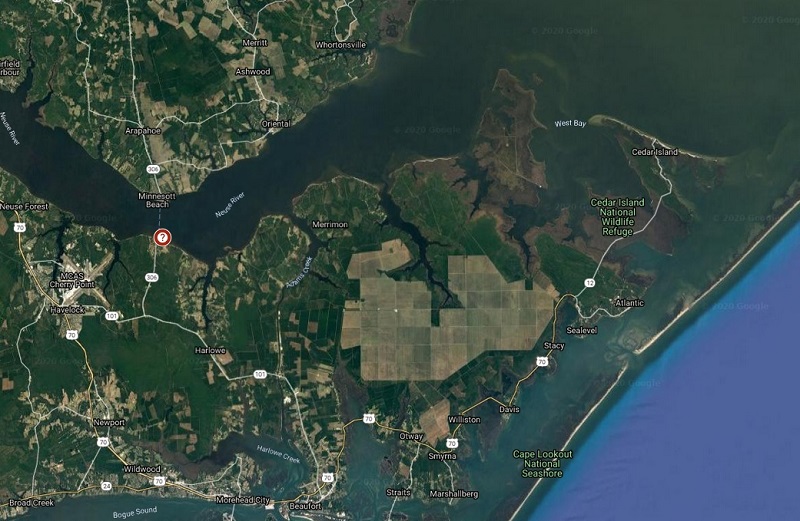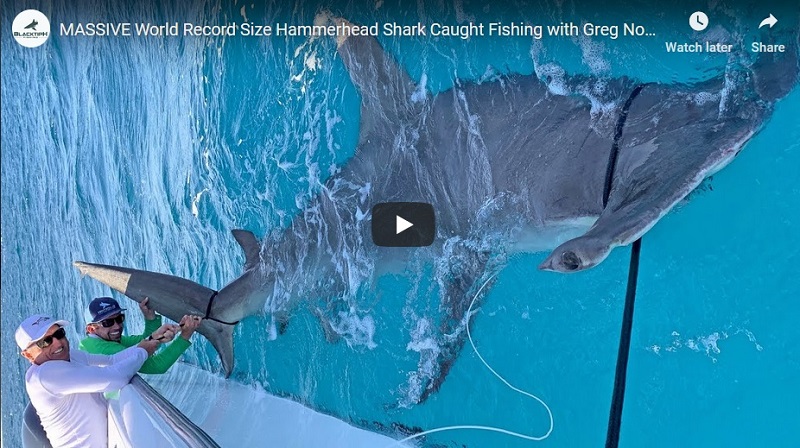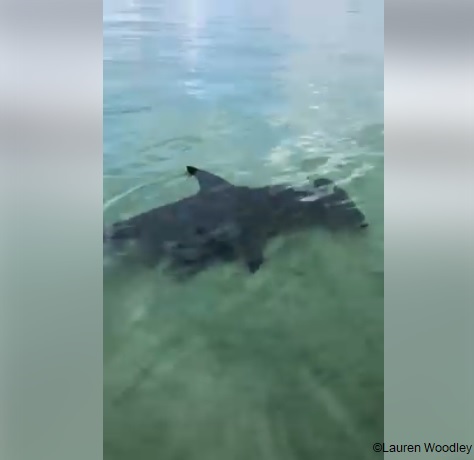In Part 3, we now return to our search for great hammerheads in the Bahamas as the group prepares to dive.
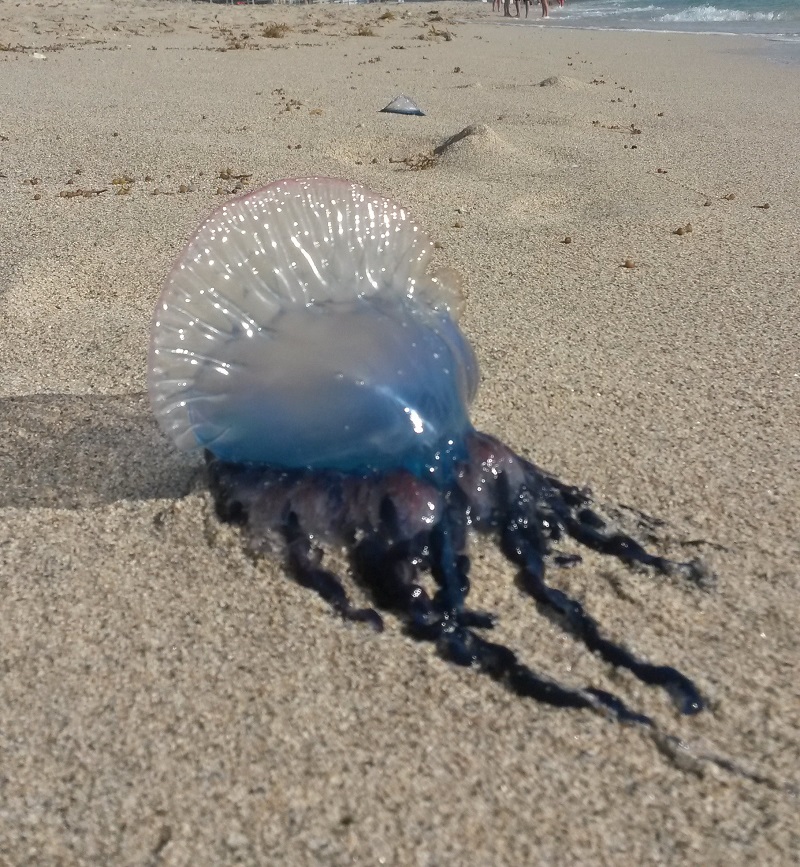
The next morning, we drive to our dive site—only 50 meters from the beach. A plastic bag floats in the sea. A small purple-blue shimmering one with tentacles, a Portuguese man o’ war (Physalia physalis)! There was nothing in the travel catalog about this.
These jellyfish are an ugly-beautiful whim of nature. It looks like a designer plastic bag, but Mother Nature filled that plastic bag with deadly poison. The tentacles contain up to 1,000 stinging cells per centimeter, containing a mixture of different proteins. This has a direct effect on skin contact with the nerve cells, where it leads to over-excitation. The poison can kill smaller fish and other prey animals.
In humans, the nettle causes severe pain. On the skin, the contact with the tentacles leaves red whelps, which are reminiscent of a lash. While the whelps disappear after two or three days, the pain can subside after about an hour. However, the poison can also reach the lymph nodes where it causes even more pain.
On the coasts of Australia alone, up to 10,000 people are stung each year by Portuguese man o’ war and other closely related jellyfish species, like the box jellyfish. A healthy adult survives jellyfish burns without mortal danger, but in debilitated or allergic persons there is a risk of allergic shock, an immune system hypersensitivity reaction that can be fatal. Although death is extremely rare, a physician should be consulted if the pain is severe or persistent, the wounds get worse, or there is a general feeling of sickness or inflammatory symptoms.
Torn tentacles still contain nettle cells. The nettle cells remain active for several days and dangerous when jellyfish are washed up on the beach. Stings should never be washed out with fresh water, but with salt water. In addition, the remains of the tentacles must be removed carefully, and you must never touch the tentacles because they can continue to nettle. The best way to rinse off adherent stinging cells is vinegar!
Due to the poor visibility we must go 150 meters farther out. Two hours later, the time has come. The first hammerhead shark smelled the bait. From the boat, I estimate its length to be three to four meters. Was my guess correct?
“Thirteen feet,” says Captain Levente. Since I have no time for converting meters to feet, I return his smile.
Off to the sea!
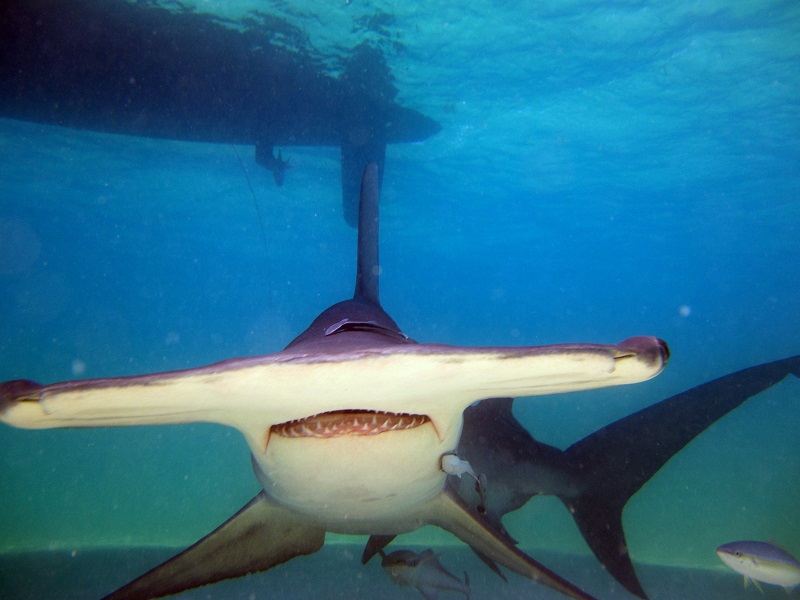
Everything runs well under water. Martin dives to the bait box. It is getting busy, because also shoaling fish want something from the prey. Then comes another great hammerhead and five nurse sharks. The eating order is clearly regulated. The hammerhead sharks inspect us closely. Their bizarre heads with the outside eyes constantly pan back and forth. They crowd out the small competitors, grab the bait and make an elegant turn in front of my camera.
While the larger of the two hammerheads glides silently past, I reach out and stroke his side. The skin feels like fine emery paper. The movements of the animal are even and calm. Soon it joins again his circling friends. For a fish with such a vicious reputation, this shark makes a disarmingly gentle impression on me.
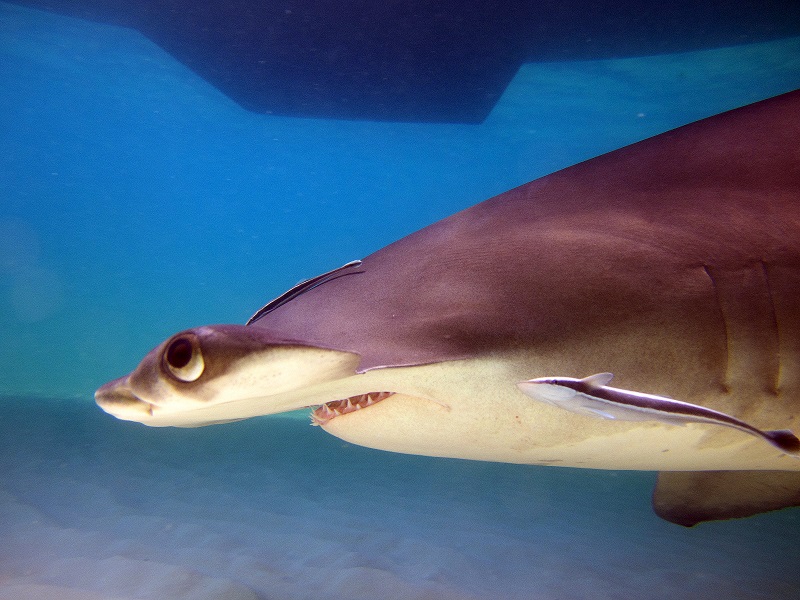
Then both pull off a show for us.
First, they swim parallel to each other, very close to us, like celebrities on the red carpet waiting for the flurry of lightning. Then the female swims in front of us from right to left, while the smaller one at the same time swims from left to right behind us. Our heads move back and forth like we’re watching a tennis match, great! After 60 minutes I still have 80 bar in the dive bottle, but the show is over. Only a few more fish make their way over the remains of the bait.
“This place is quite extraordinary,” says biologist Samuel “Doc” Gruber, who runs a shark research station nearby.
The tiny lagoon of the archipelago is a natural nursery for sharks, a birthplace and feeding ground where young lemon sharks can eat and grow without being eaten.
An adult female with a transmitter led Gruber here a few years ago. For about 30 years, Samuel Gruber has been researching the lemon sharks of Bimini. He has created the world’s largest database of a shark population. His findings on how sharks affect their environment and what they need in return, along with many other studies, confirm the importance of shark mangroves.
That’s why Gruber is so angry about the huge holiday complex that is being built in northern Bimini. Apartment buildings, a marina and a casino are already under construction, and plans for a golf course on the beach are available. The seabed is dredged, more and more land is fenced and built.
Locals are concerned about how access to fishing grounds is shrinking. “But the worst thing is that the mangroves disappear when the constructions prevail,” Gruber says.
However, he acknowledges that Bimini and other smaller islands need an improved infrastructure for visitors as tourism revenues play a crucial role in the local economy. It’s a difficult balancing act: Sensitive development and a manageable number of tourists would help to protect the sharks. Too much tourism could mean an end to it.
No doubt, sharks have an image problem.
![]()
With their serial killer look, scary teeth and bloody feeding frenzies they are not exactly popular. Filmmakers and writers contributed to the shark becoming the epitome of the monster. “Stupid eaters of hideous flesh.”
That’s what Herman Melville called the shark with its “sawing jaws,” the “ghastly flank” and its “Gorgon head.” After years of traveling aboard whalers, the famous 19th century epic of the seas had witnessed sharks devour the guts of slaughtered whales. The fact that these dangerous predators also feed on carrion, was probably decisive for the fact that Melville detested them so much. In the Bahamas, he might have changed his attitude.
My time in the Bahamas is coming to an end. I’ve seen a lot of sharks. The Bahamian government has understood that it is worth protecting sharks and making them a good source of income through tourism. They are a lively treat for divers and photographers.
My conclusion?
The Bahamas are full of beauty, nature, adventure and good mood. Even in the low season, the islands are a sunny paradise beyond mass tourism. The big sharks like to go through here.
And I, too, will return.
![]()
Christian Kemper is a TV journalist from Germany and freelance writer for three of the biggest diving magazines in Germany. He has been diving with and studying sharks for more than 20 years. The author has written two books about shark attacks and is about to publish his first English language book about sharks titled “The Fear Beneath.”
You can find his German Language book Strange Pool Friends on Amazon and at tredition.
He has also written a three-part article about scuba diving with tiger sharks.
